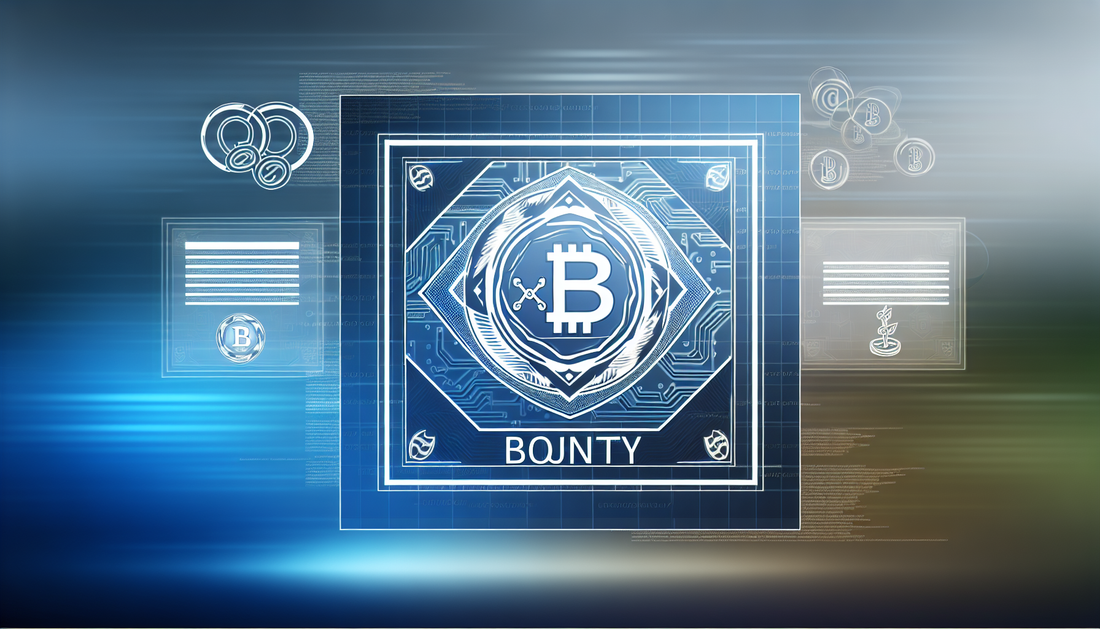
Exploring MCB: The Future of Tokenomics
Share
Understanding the Tokenomics of MCB (Monacoin Bounty)
The world of cryptocurrency is replete with innovative projects, each boasting unique tokenomics that influence its ecosystem's overall functionality and appeal. MCB (Monacoin Bounty) is no exception, offering a distinctive approach to token economics that is gaining attention in the crypto community. This article delves into the tokenomics of MCB, examining its allocation, distribution, and economic incentives.
MCB, the native token of the Monacoin Bounty platform, is geared towards creating a vibrant ecosystem that facilitates user engagement and rewards. The key to understanding MCB's tokenomics lies in its distribution model. Unlike many other cryptocurrencies that rely on mining or pre-mines, MCB follows a bounty-based distribution mechanism. This model links rewards to specific activities, effectively incentivizing users to engage in platform-enhancing efforts.
MCB's total supply is capped, ensuring scarcity while promoting stability in its economic model. The allocation of MCB tokens follows a predetermined schedule, with portions earmarked for strategic initiatives such as community rewards, development, and marketing efforts. This allocation strategy plays a crucial role in sustaining long-term growth by providing resources for continuous development and user acquisition.
An intriguing facet of MCB's tokenomics is how it aligns economic incentives with platform goals. As users participate in bounties by completing tasks or contributing to Monacoin's ecosystem, they earn rewards in MCB tokens. This incentive structure not only fosters user participation but also promotes a community-driven environment where users are directly invested in the platform's success. This model mirrors ideas seen in other well-known tokenomics frameworks, drawing parallels to concepts explored in articles such as Exploring Nexus Mutual's Innovative NXM Tokenomics.
Another pivotal aspect of MCB's tokenomics is its governance mechanism. Token holders can influence decisions through a voting process, a concept often seen in decentralized governance structures. This democratic approach empowers the community, enabling them to impact critical decisions and developments regarding the platform's evolution. The significance of this mechanism echoes the importance discussed in the article Understanding Terra's LUNA: Tokenomics Unveiled.
By focusing on bounty-driven rewards and community governance, MCB (Monacoin Bounty) aims to create a self-sustaining platform that continuously evolves with its user's needs and contributions. Tokenomics such as these provide insightful models to any cryptocurrency enthusiast looking to understand the intricacies of economic incentives and community-building within the crypto space.
